Redescubrir El Espiritu Santo – (Spanish)
$18.99
El Espiritu Santo esta tan activamente involucrado en nuestras vidas que damos por sentada su presencia. Como dicen, la familiaridad lleva a la indiferencia. Al igual que damos por sentado el aire que respiramos, hacemos lo mismo con el Espiritu Santo simplemente porque dependemos constantemente de el. Como el baston llega a ser una extension del cuerpo del ciego, comenzamos a creer con demasiada facilidad que el Espiritu Santo es una extension de nosotros mismos. Sin embargo, el Espiritu esta en el centro de la accion en el drama divino desde Genesis 1:2 hasta Apocalipsis 22:17. La obra del Espiritu es tan esencial como la del Padre y el Hijo, pero la obra del Espiritu se atribuye siempre a la persona y a la obra de Cristo. De hecho, la eficacia de la mision del Espiritu Santo se mide por el grado en el que estamos conectados con Cristo. El Espiritu Santo es la persona de la Trinidad que trae la obra del Padre, en el Hijo, hasta su finalizacion. En todo lo que la Trinidad realiza, este trabajo de perfeccionamiento es caracteristico del Espiritu. En este libro el autor, pastor y teologo Mike Horton presenta a los lectores la persona olvidada del Espiritu Santo, demostrando que las obras del Espiritu de Dios son mucho mas comunes de lo que pensamos. Horton sostiene que debemos dar un paso atras para enfocarnos en el Espiritu, su persona y sus obras, a fin de reconocerlo como alguien distinto a Jesus o a nosotros mismos, y mucho menos como parte de su creacion. A traves de esta contemplacion podemos obtener una nueva dependencia del Espiritu Santo en cada area de nuestras vidas
in stock within 3-5 days of online purchase
SKU (ISBN): 9780829768015
ISBN10: 0829768017
Language: Spanish
Michael Horton
Binding: Trade Paper
Published: September 2017
Publisher: Editorial Vida
Print On Demand Product
Related products
-
Introduccion Al Nuevo Testamen – (Spanish)
$22.99El Estudiante avanzado del Nuevo Testamento podra encontrar en esta introduccion un analisis sobrio del estado actual de la disciplina, y los pastores y pastoras, al igual que los maestros y maestras de escuela biblica-descubriran en sus paginas buenas ideas para elaborar estudios que ayuden a las congregaciones a entender y disfrutar la importante literatura biblica veterostestamentaria
Add to cartin stock within 3-5 days of online purchase
-
Autoridad Espiritaul – (Spanish)
$14.992 Parts
Additional Info
This is a profound yet simple book that ought to be read with prayer. In times when the foundations of authority are falling to pieces in the church, the home, and life in general, the author offers advice and teachings to guide to our life. “May your authority not exceed your ministry”, Watchman Nee advises us in this book.Add to cartin stock within 3-5 days of online purchase
-
Zona Biblica En El Desierto (Teacher’s Guide) – (Spanish) (Teacher’s Guide)
$22.99BibleZone Live! in Spanish has all you need to capture Spanish-speaking children’s imagination and make Bible stories stick! Create a classroom where children encounter God’s Word and reflect on how the Bible matters in their life. BibleZone Live! tells the complete Bible story – not just a Bible verse – and helps Hispanic children use their natural enthusiasm with fun, cooperative games, group activities, and storytelling that gets them involved in both the telling and the listening. BibleZone Live! where the Bible comes to life! BibleZone Live! covers three age levels: preschool (ages 3-5), early elementary (grades 1-3), and older elementary (grades 4-6).
Add to cartin stock within 3-5 days of online purchase


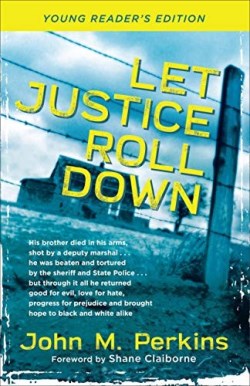


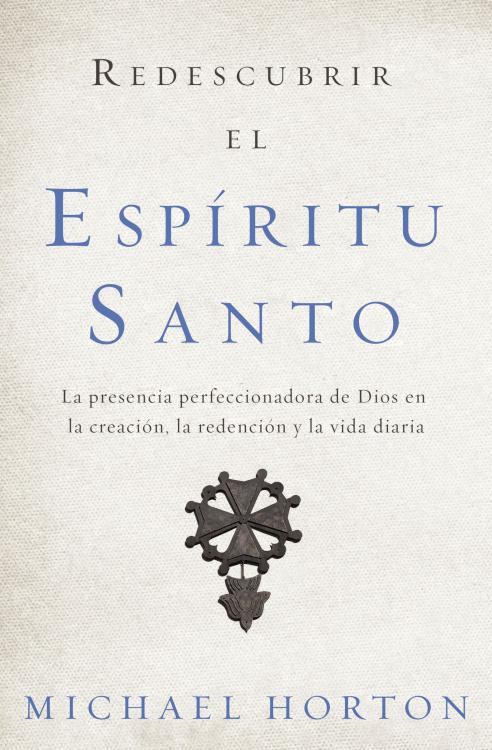
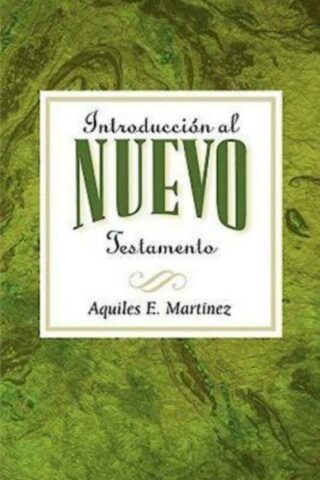
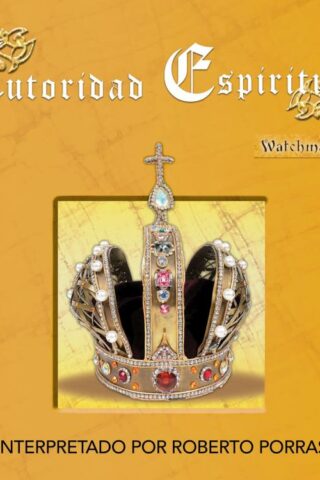
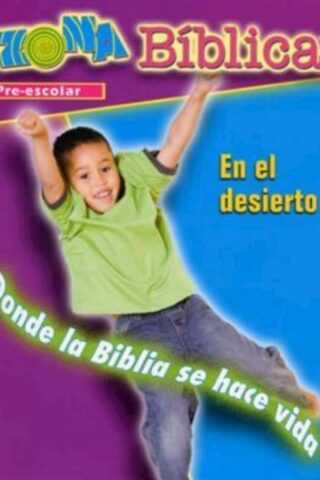
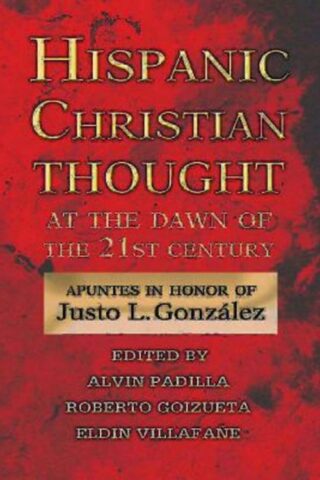
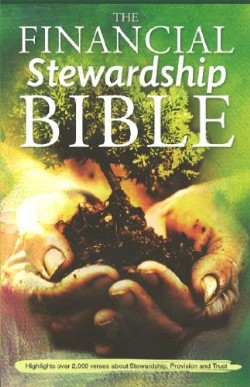



Reviews
There are no reviews yet.